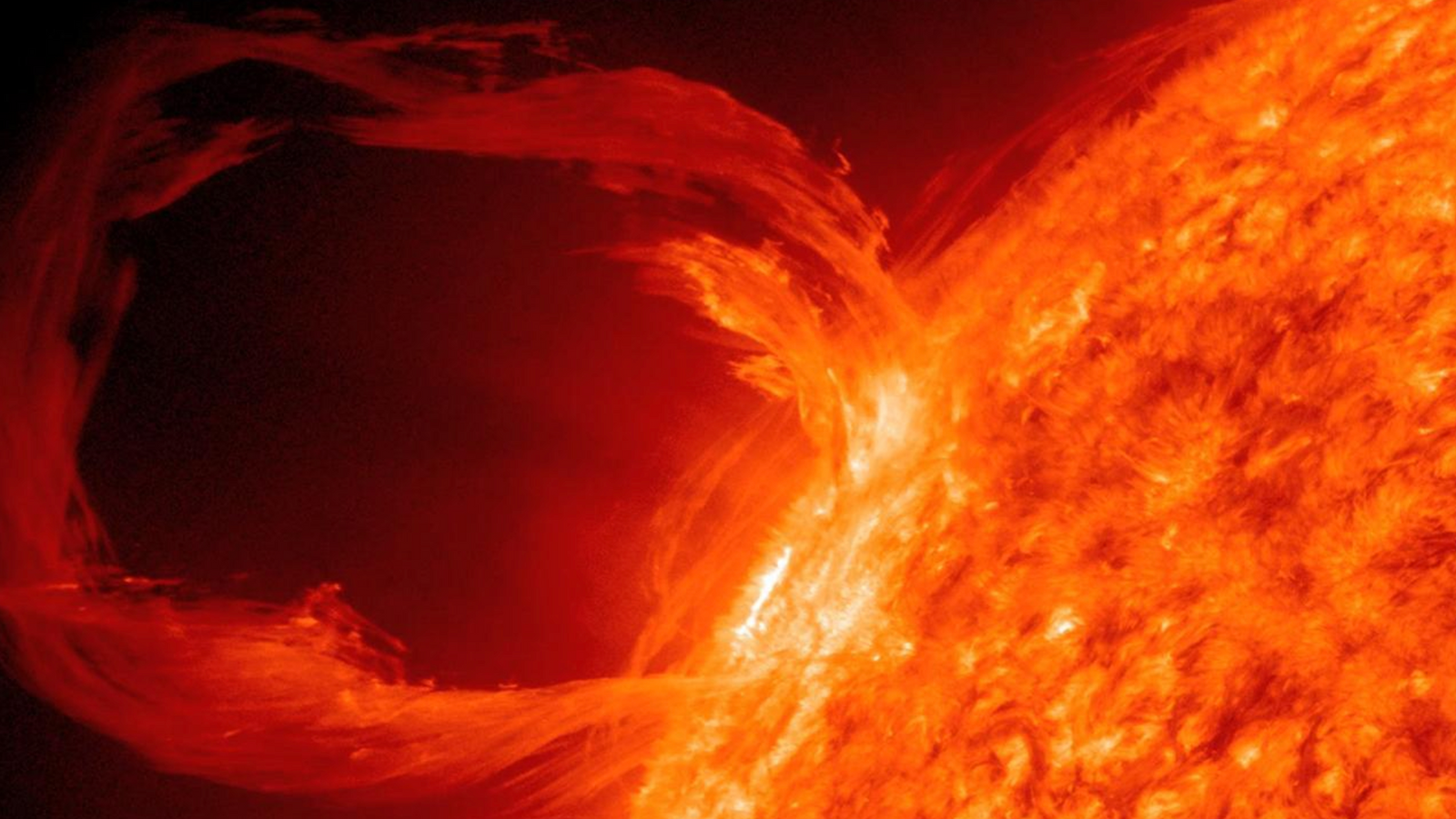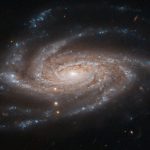A geomagnetic storm hit our planet over the weekend, surprising scientists as it did not appear to originate from a solar flare.
The storm came amid a rare alignment of five planets, offering photographers the opportunity to picture them against against a bright aurora.
Astronomers now believe the storm was the result of a much rarer phenomenon than a solar flare – something called a co-rotating interaction region (CIR) caused by two streams of solar wind meeting.
CIRs are created when solar wind streams at different speeds interact, bringing with them a huge shock and build-up of plasma at an extraordinary speed – 700km per second in this case – and without the tell-tale sign of a sunspot.
Without a sunspot signalling a coronal mass ejection, scientists had no signal that a geomagnetic storm was on the way.
When it hit Earth the storm managed to “open a crack in our planet’s magnetosphere” according to the Space Weather news site.
The solar storm followed a week after an enormous sunspot – more than twice the size of our planet – was pointed at Earth.
How a British man ended up on the FBI’s ‘Most Wanted’ list for allegedly helping North Korea evade sanctions
COVID-19 fattens up our body’s cells to help fuel its viral takeover, study suggests
Highly antibiotic resistant strain of MRSA that arose in pigs can jump to humans, scientists say
Although it subsequently rotated away and the risk of a dangerous CME faded, scientists do not know whether it was connected to the CIR.
But even if we had been able to predict the storm, the planet has limited defences against the most powerful forms of space weather, and our increasing dependence on electronics makes us vulnerable to their effects.
The Carrington Event is believed to be the largest solar storm ever recorded which hit Earth in 1859.
It left an aurora visible across the sky, even in latitudes much closer to the equator, and was described in contemporary reports as even brighter than the light of a full moon.
It caused the failure of telegraph systems all across Europe and North America, and a similar storm today could cause trillions of dollars in damage globally.
Researchers believe that magnetic radiation from giant solar storms caused the sudden and nearly instantaneous detonation of dozens of sea mines in Vietnam in the 1970s.
Earlier this year SpaceX confirmed that a geomagnetic storm destroyed most of the Starlink satellites it had attempted to get into orbit during a launch.
Solar activity has been observed rising and falling naturally every 11 years, although not quite like clockwork, and astronomers believe we are now entering a period of increased solar activity which could peak in 2025.
A new family of sunspots, discovered on the surface of our star in 2020, unleashed the biggest solar flare that scientists have seen since 2017.






















